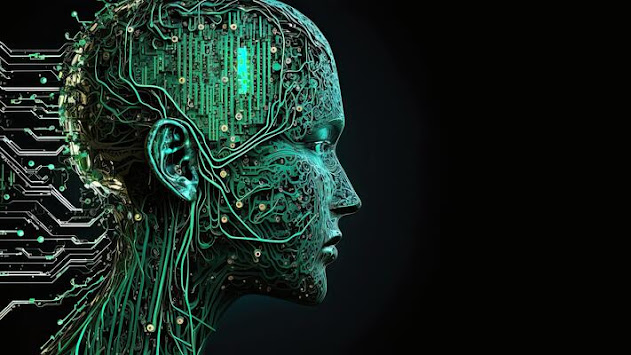1. Introduction to Neural
Networks
- Neural networks are a family of models inspired by the
biological neural networks in the brain.
- They consist of layers of interconnected nodes
("neurons"), which transform input data through a series of
nonlinear operations to produce outputs.
- Neural networks are versatile and can model complex
patterns and relationships, making them foundational in modern machine
learning and deep learning.
2. Basic Structure: Multilayer
Perceptrons (MLPs)
- The simplest neural networks are Multilayer Perceptrons (MLPs),
also called vanilla feed-forward
neural networks.
- MLPs consist of:
- Input layer:
Receives features.
- Hidden layers:
One or more layers that perform nonlinear transformations.
- Output layer:
Produces the final prediction (classification or regression).
- Each neuron in one layer connects to every neuron in the
next layer via weighted links.
- Computation progresses from input to output
(feed-forward).
3. How Neural Networks Work
- Each neuron computes a weighted sum of its inputs, adds a
bias, and applies a nonlinear
activation function (e.g., ReLU, sigmoid, tanh).
- Nonlinearities allow networks to approximate complex
functions.
- During training, the network learns weights and biases by
minimizing a loss function
using gradient-based optimization (e.g., backpropagation with stochastic
gradient descent).
4. Important Parameters and
Architecture Choices
Network Depth and Width
- Number of hidden layers
(depth):
- Start with 1-2 hidden layers.
- Adding layers can increase model capacity and help learn
hierarchical features.
- Number of neurons per layer
(width):
- Often similar to number of input features.
- Rarely exceeds low to mid-thousands for practical
purposes.
Activation Functions
- Common choices:
- ReLU (Rectified Linear Unit)
- Sigmoid
- Tanh
- Choice affects training dynamics and capability to model
nonlinearities.
Other Parameters
- Learning rate, batch size, weight initialization, dropout
rate, regularization parameters also influence performance and training
stability.
5. Strengths of Neural Networks
- Can model highly complex, nonlinear relationships.
- Suitable for a wide range of data types including images,
text, speech.
- With deeper architectures (deep learning), can learn
hierarchical feature representations automatically.
- Constant innovations in architectures and training
algorithms.
6. Challenges and Limitations
- Training time:
Neural networks, especially large ones, often require significant time and
computational resources to train.
- Data preprocessing:
Neural networks typically require careful preprocessing and normalization
of input features.
- Homogeneity of features:
Work best when all features have similar meanings and scales.
- Parameter tuning:
Choosing architecture and hyperparameters is complex and often considered
an art.
- Interpretability:
Often considered black boxes, making results harder to interpret compared
to simpler models.
7. Current Trends and Advances
- Rapidly evolving field with breakthroughs in areas such
as:
- Computer vision
- Speech recognition and synthesis
- Natural language processing
- Reinforcement learning (e.g., AlphaGo)
- Innovations announced frequently, pushing both
performance and capabilities.
8. Practical Recommendations
- Start small: one or two hidden layers and a number of
neurons near the input feature count.
- Prepare data carefully, including scaling and
normalization.
- Experiment with activation functions and regularization
strategies.
- Use libraries such as TensorFlow, PyTorch for
implementing and training networks efficiently.
- Monitoring training and validation performance to detect
overfitting or underfitting.
Summary
|
|
|
Model
type |
Multilayer
Perceptron (MLP) feed-forward neural networks |
|
Structure |
Input
layer, one or more hidden layers, output layer |
|
Key
operations |
Linear transform
+ nonlinear activation per neuron |
|
Parameters |
Number
of layers, hidden units per layer, learning rate, etc. |
|
Strengths |
Model
nonlinear functions, suitable for complex data |
|
Challenges |
Training
time, preprocessing, tuning parameters, interpretability |
|
Current
trends |
Deep
learning advances in AI applications |

.jpg)
Comments
Post a Comment